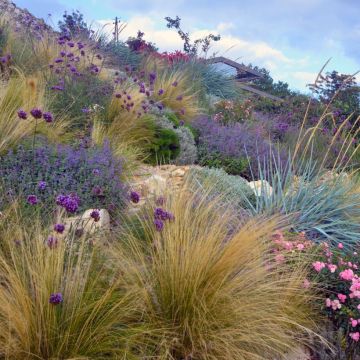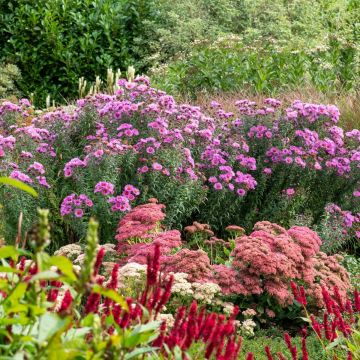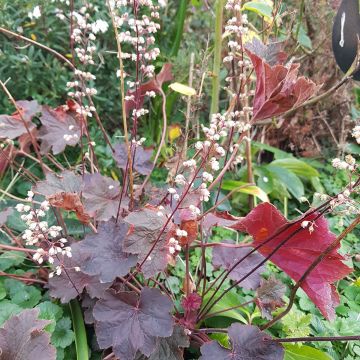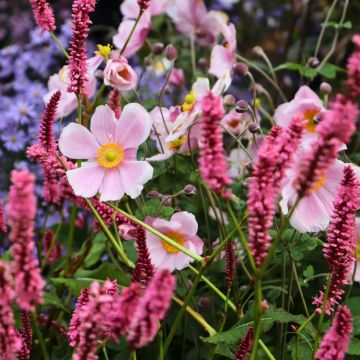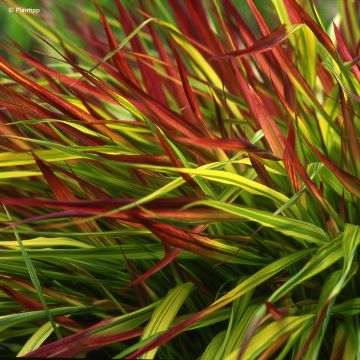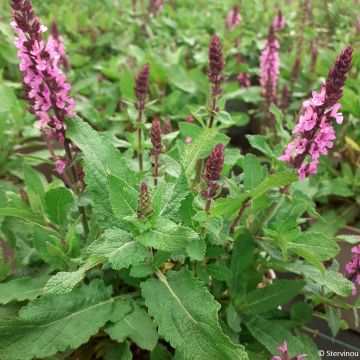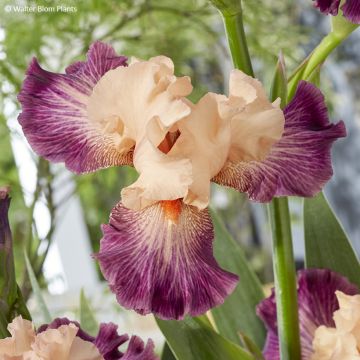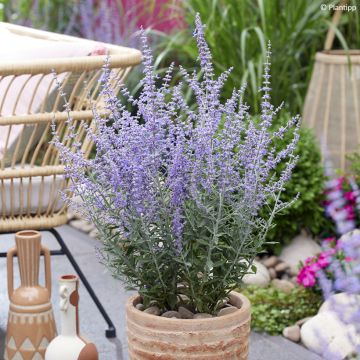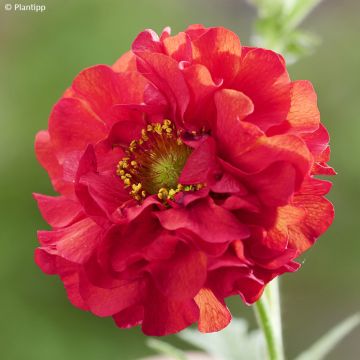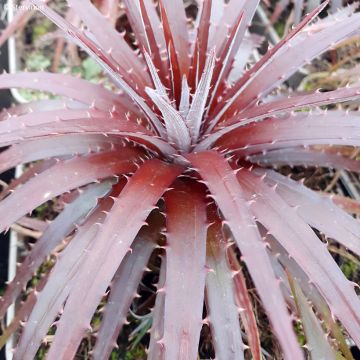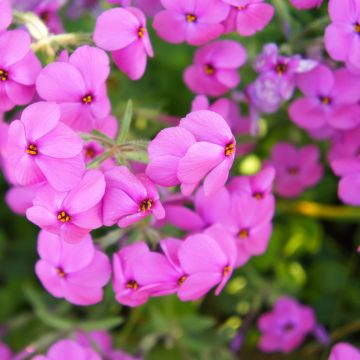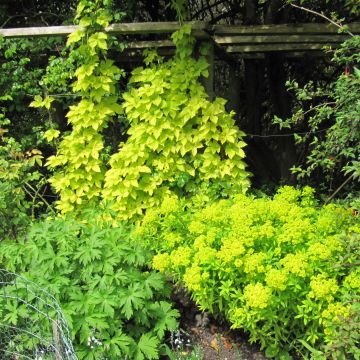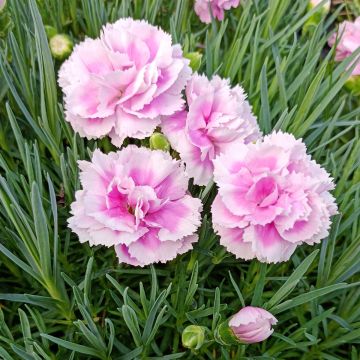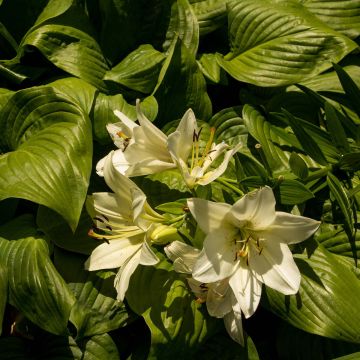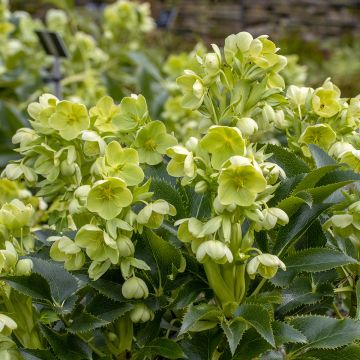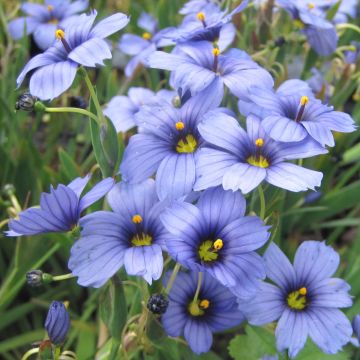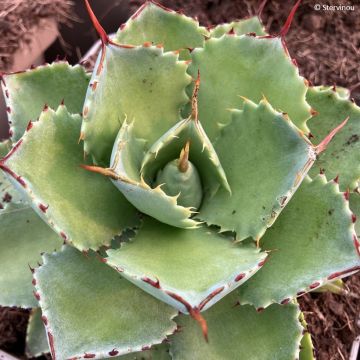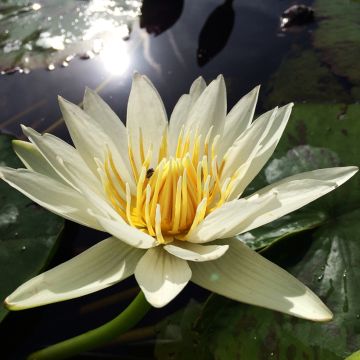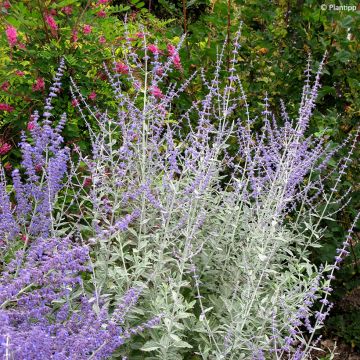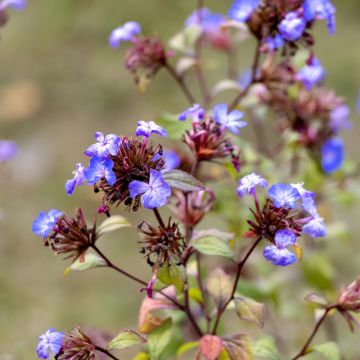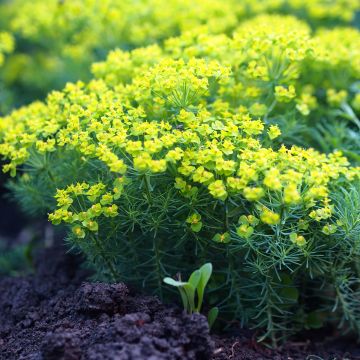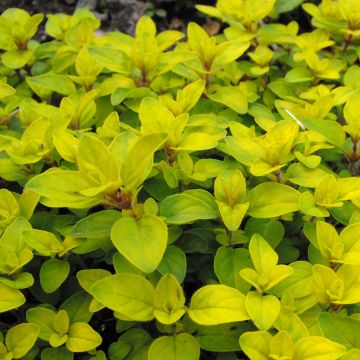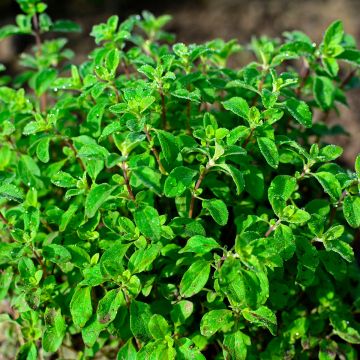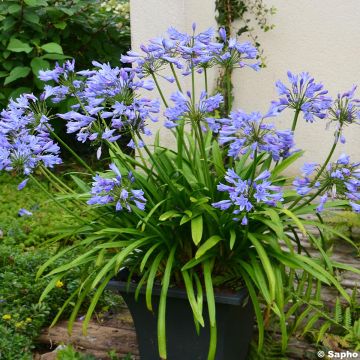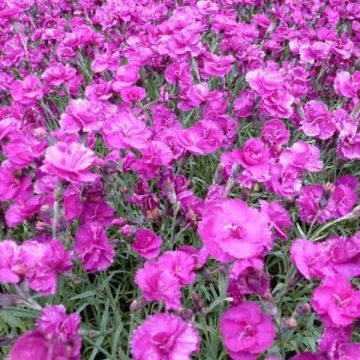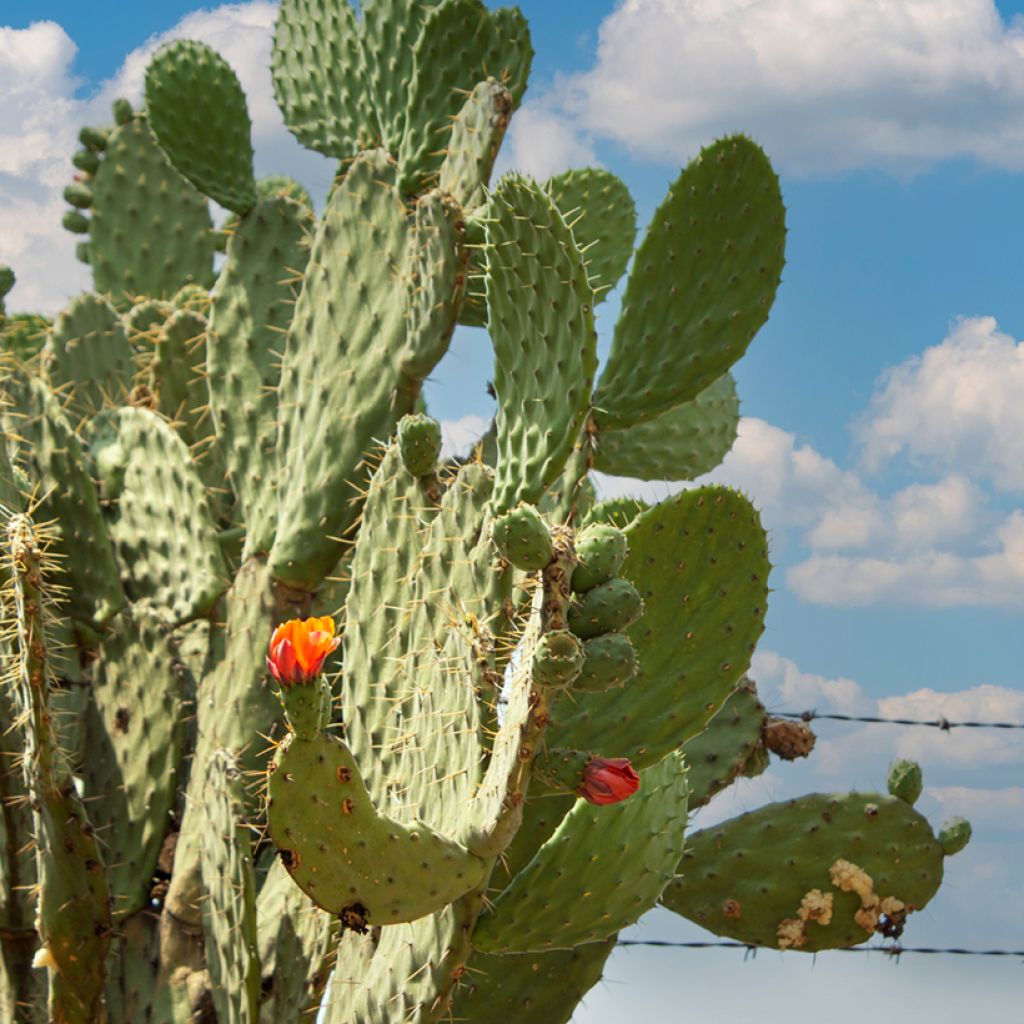

Opuntia engelmannii var. alta - Prickly Pear
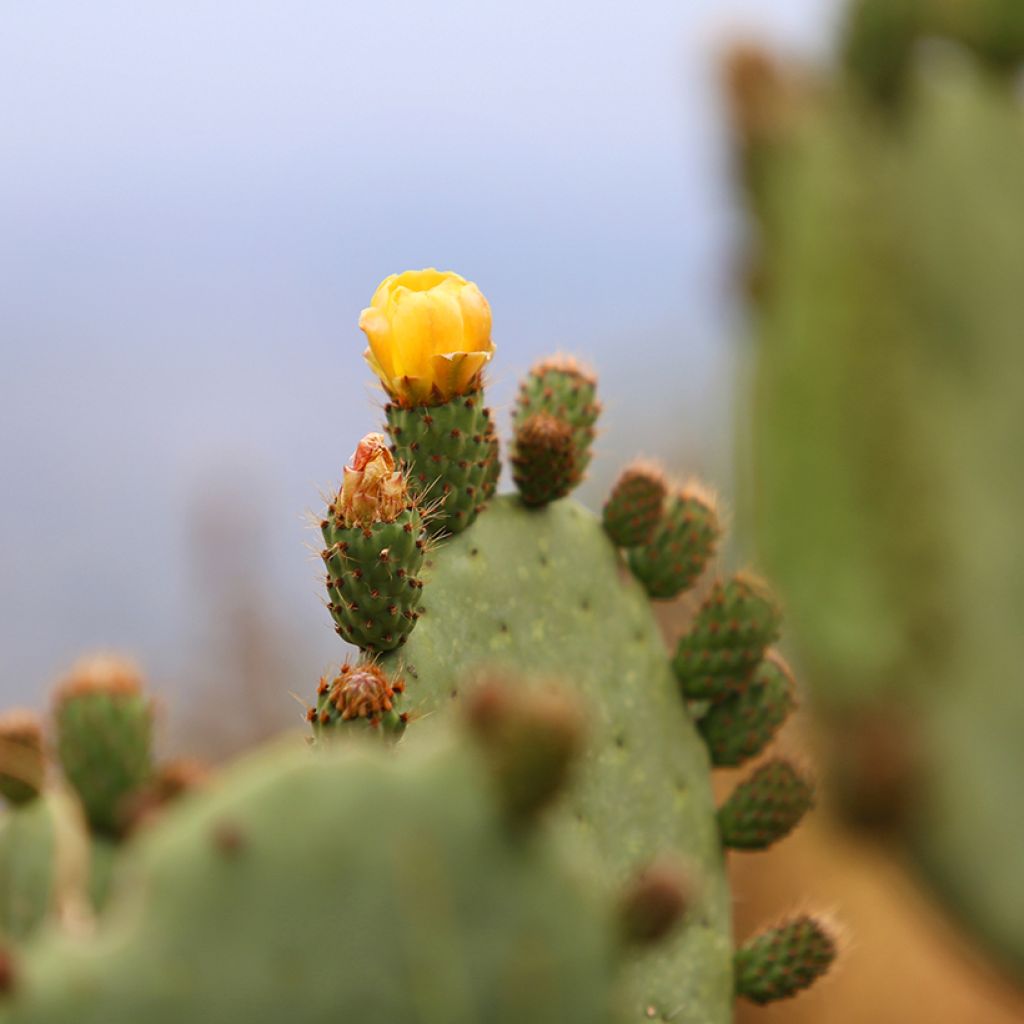

Opuntia engelmannii var. alta - Prickly Pear
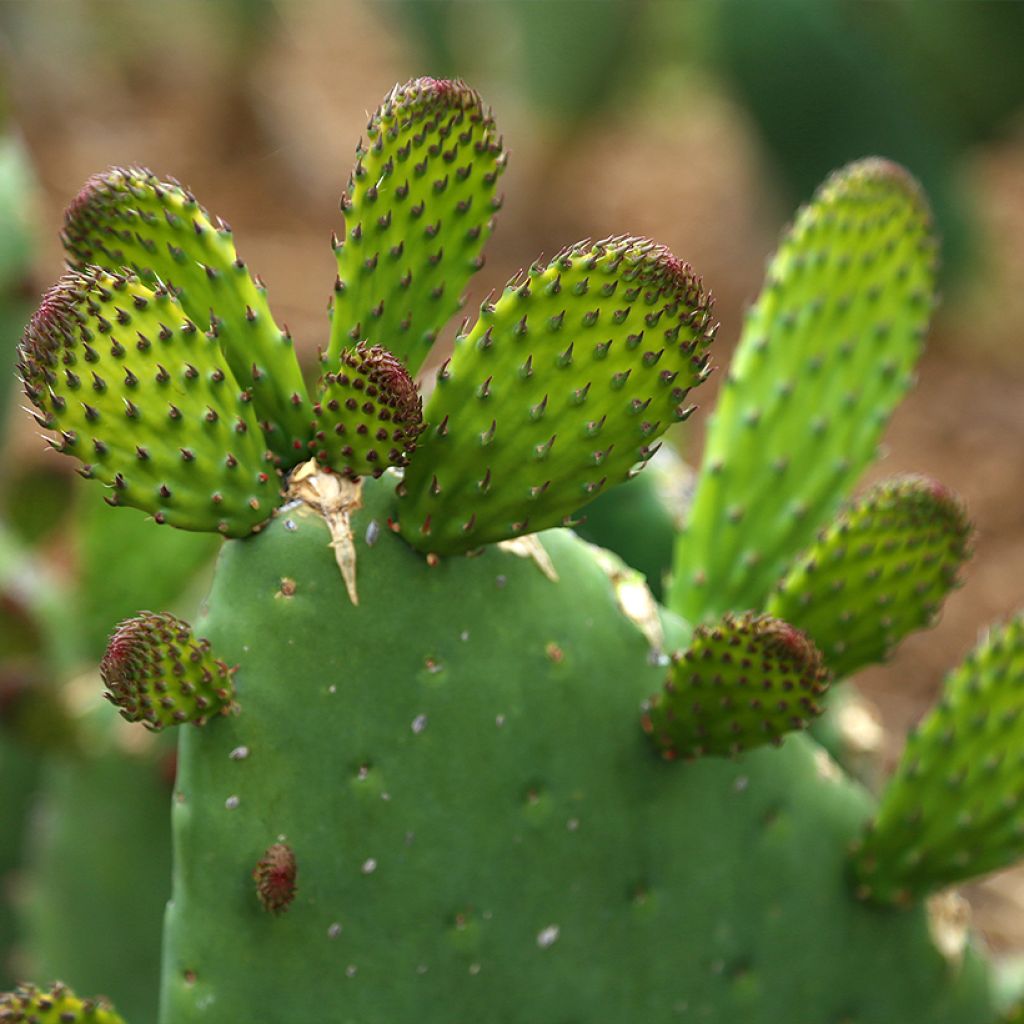

Opuntia engelmannii var. alta - Prickly Pear


Opuntia engelmannii var. alta - Prickly Pear


Opuntia engelmannii var. alta - Prickly Pear
Opuntia engelmannii var. alta - Prickly Pear
Opuntia engelmannii var. alta
Engelmann's Prickly Pear
Absolutely superb, impeccable packaging arrived without any breakages, thank you!!
Julien, 24/03/2020
Special offer!
Receive a €20 voucher for any order over €90 (excluding delivery costs, credit notes, and plastic-free options)!
1- Add your favorite plants to your cart.
2- Once you have reached €90, confirm your order (you can even choose the delivery date!).
3- As soon as your order is shipped, you will receive an email containing your voucher code, valid for 3 months (90 days).
Your voucher is unique and can only be used once, for any order with a minimum value of €20, excluding delivery costs.
Can be combined with other current offers, non-divisible and non-refundable.
Why not try an alternative variety in stock?
View all →This plant carries a 12 months recovery warranty
More information
We guarantee the quality of our plants for a full growing cycle, and will replace at our expense any plant that fails to recover under normal climatic and planting conditions.
Would this plant suit my garden?
Set up your Plantfit profile →
Description
The Opuntia engelmannii var. alta is a cactus that stands out for its hardiness and beautiful vigor. This plant, which thrives in arid climates, is composed of fleshy, green-gray, oblong "paddles" abundantly covered in formidable golden spines. In spring, delicate silk-like flowers with a beautiful yellow-orange hue bloom on the periphery of these large paddles. This flowering is followed by the formation of red, edible fruits at maturity. Its growth is quite rapid and its cultivation in rocky and well-drained soil poses no problems. Impressive in a minimalist setting, powerfully armed with deterrent spines, spectacular against a backdrop of rocks and blue sky, it naturally structures exotic, contemporary settings and effectively protects the boundaries of a dry garden and wilderness.
The Opuntia engelmannii, a close relative of the Prickly Pear (Opuntia ficus-indica), is a succulent plant devoid of true leaves belonging to the cactus family. This botanical species is native to arid regions of Texas, USA, where it grows along the Rio Grande River and in the surrounding plains. The Alta variety is named for its larger growth: an adult specimen can reach nearly 2m (7ft) in all directions under favorable conditions. The vegetation is composed of a "trunk" that can reach 40cm (16in) in diameter over time, dividing into flattened, fleshy, oval branches of fairly uniform size called articles or cladodes. Their surface is a slightly glaucous gray-green color and quite smooth. They are abundantly covered in short, yellowish prickles measuring 2-3cm (1in), called glochides, clustered together, which are very dangerous when handled. During the abundant flowering in June, several flowers appear at the ends of the branches, varying in color from lemon yellow to orange, with cups measuring 3-4cm (1-2in) in diameter and centered around a green pistil surrounded by yellow stamens. The flowers give way to fruits with abundant areoles that turn purple at maturity before falling. It is important to note that this plant, when it thrives, can become invasive through certain birds that consume its fruits and scatter the seeds randomly.
Cultivable in almost all regions, this cactus is hardy down to -15°C (5°F) without protection, but in perfectly well-drained, rocky, or sandy soil. It will find its place in a large rock garden, a gravel bed, or at the boundaries of a dry garden, where its somewhat ghostly silhouette will stand out beautifully against a mineral and austere backdrop, populated with some grasses, agaves, Hesperaloe parviflora, and small creeping and hardy prickly pears like Opuntia humifosa. It can be associated with tree-like Euphorbias (Euphorbia mellifera or E. dendroïdes), giant fennel, fairly hardy columnar cacti (Cleistocactus strausii), and large rockroses (Cistus laurifolius), all equally modest and undemanding plants. Planted in a dense hedge, Opuntia Alta will create a first-rate defensive barrier. It should be kept away from pathways and children due to its formidable spines, as well as the transparent, almost invisible bristles that can easily penetrate our skin and are difficult to remove.
Attention, the opuntia may be tough, but its joints are particularly brittle! Has a paddle fallen during transport or handling? Don't worry, this is how this conqueror spreads in nature: each fallen paddle is capable of generating an entire plant! This is a great opportunity to have a new opuntia: simply leave the paddle in the open air for a few days until the tissue heals. Then plant this paddle vertically, burying 1/3 of its surface, in a well-drained pot with a mix of sand and potting soil. Place in the sun, water when you remember, and it will grow effortlessly!
Report an error about the product description
Opuntia engelmannii var. alta - Prickly Pear in pictures
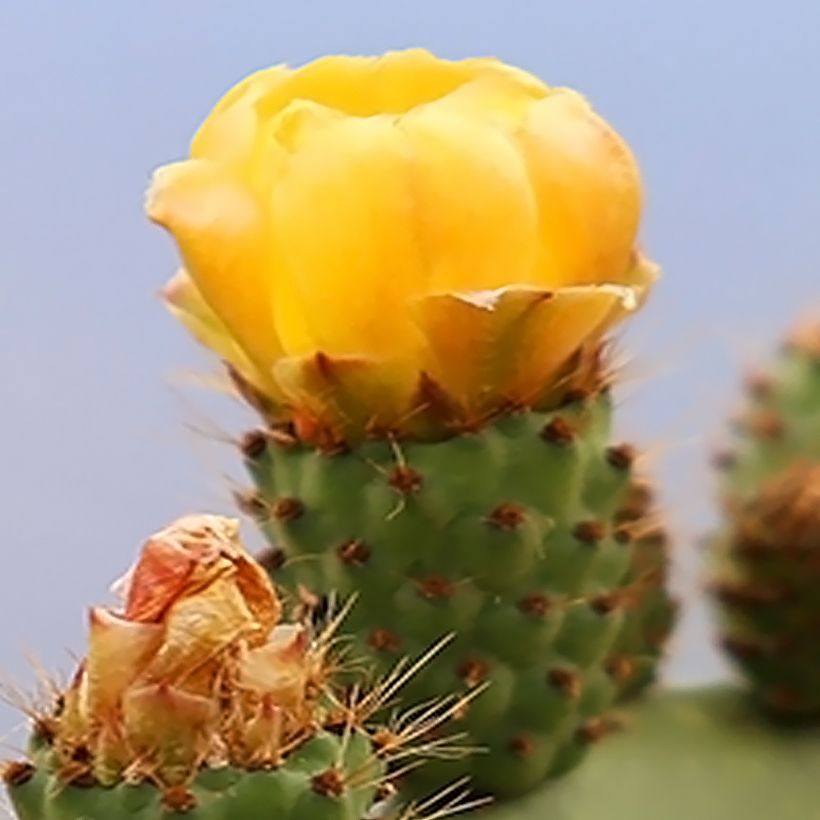



Flowering
Foliage
Plant habit
Botanical data
Opuntia
engelmannii
var. alta
Cactaceae
Engelmann's Prickly Pear
North America
Other Perennials A to Z
View all →Planting and care
Plant Opuntia Alta in spring or early autumn, in full sun, or even in partial shade in hot and dry climates, in a preferably poor soil, even rocky, limestone, sandy, but very well-drained. It tolerates winter humidity in porous soil, and appreciates dry, even arid soils in summer. It will withstand intense frosts, up to about -18°C (1°F). Its branches sometimes collapse in winter, due to the cold, but "swell" again in spring. This species also tolerates sea spray, and can therefore be cultivated by the seaside.
Cultivation substrate: 3/4 potting soil + 1/4 vegetable soil + organic fertilizer for potted plants. Sandy, very rocky soil, poor in clay for outdoor cultivation.
Propagation by cuttings of "prickly pear": take a branch at a junction, place it on a cactus soil substrate for a few days, until a healing callus forms. Then, plant the base of the cutting a little deeper into the soil and water regularly. The plant will not flower or bear fruit before the age of 3.
Planting period
Intended location
Care
-
, onOrder confirmed
Reply from on Promesse de fleurs
Similar products
Haven't found what you were looking for?
Hardiness is the lowest winter temperature a plant can endure without suffering serious damage or even dying. However, hardiness is affected by location (a sheltered area, such as a patio), protection (winter cover) and soil type (hardiness is improved by well-drained soil).

Photo Sharing Terms & Conditions
In order to encourage gardeners to interact and share their experiences, Promesse de fleurs offers various media enabling content to be uploaded onto its Site - in particular via the ‘Photo sharing’ module.
The User agrees to refrain from:
- Posting any content that is illegal, prejudicial, insulting, racist, inciteful to hatred, revisionist, contrary to public decency, that infringes on privacy or on the privacy rights of third parties, in particular the publicity rights of persons and goods, intellectual property rights, or the right to privacy.
- Submitting content on behalf of a third party;
- Impersonate the identity of a third party and/or publish any personal information about a third party;
In general, the User undertakes to refrain from any unethical behaviour.
All Content (in particular text, comments, files, images, photos, videos, creative works, etc.), which may be subject to property or intellectual property rights, image or other private rights, shall remain the property of the User, subject to the limited rights granted by the terms of the licence granted by Promesse de fleurs as stated below. Users are at liberty to publish or not to publish such Content on the Site, notably via the ‘Photo Sharing’ facility, and accept that this Content shall be made public and freely accessible, notably on the Internet.
Users further acknowledge, undertake to have ,and guarantee that they hold all necessary rights and permissions to publish such material on the Site, in particular with regard to the legislation in force pertaining to any privacy, property, intellectual property, image, or contractual rights, or rights of any other nature. By publishing such Content on the Site, Users acknowledge accepting full liability as publishers of the Content within the meaning of the law, and grant Promesse de fleurs, free of charge, an inclusive, worldwide licence for the said Content for the entire duration of its publication, including all reproduction, representation, up/downloading, displaying, performing, transmission, and storage rights.
Users also grant permission for their name to be linked to the Content and accept that this link may not always be made available.
By engaging in posting material, Users consent to their Content becoming automatically accessible on the Internet, in particular on other sites and/or blogs and/or web pages of the Promesse de fleurs site, including in particular social pages and the Promesse de fleurs catalogue.
Users may secure the removal of entrusted content free of charge by issuing a simple request via our contact form.
The flowering period indicated on our website applies to countries and regions located in USDA zone 8 (France, the United Kingdom, Ireland, the Netherlands, etc.)
It will vary according to where you live:
- In zones 9 to 10 (Italy, Spain, Greece, etc.), flowering will occur about 2 to 4 weeks earlier.
- In zones 6 to 7 (Germany, Poland, Slovenia, and lower mountainous regions), flowering will be delayed by 2 to 3 weeks.
- In zone 5 (Central Europe, Scandinavia), blooming will be delayed by 3 to 5 weeks.
In temperate climates, pruning of spring-flowering shrubs (forsythia, spireas, etc.) should be done just after flowering.
Pruning of summer-flowering shrubs (Indian Lilac, Perovskia, etc.) can be done in winter or spring.
In cold regions as well as with frost-sensitive plants, avoid pruning too early when severe frosts may still occur.
The planting period indicated on our website applies to countries and regions located in USDA zone 8 (France, United Kingdom, Ireland, Netherlands).
It will vary according to where you live:
- In Mediterranean zones (Marseille, Madrid, Milan, etc.), autumn and winter are the best planting periods.
- In continental zones (Strasbourg, Munich, Vienna, etc.), delay planting by 2 to 3 weeks in spring and bring it forward by 2 to 4 weeks in autumn.
- In mountainous regions (the Alps, Pyrenees, Carpathians, etc.), it is best to plant in late spring (May-June) or late summer (August-September).
The harvesting period indicated on our website applies to countries and regions in USDA zone 8 (France, England, Ireland, the Netherlands).
In colder areas (Scandinavia, Poland, Austria...) fruit and vegetable harvests are likely to be delayed by 3-4 weeks.
In warmer areas (Italy, Spain, Greece, etc.), harvesting will probably take place earlier, depending on weather conditions.
The sowing periods indicated on our website apply to countries and regions within USDA Zone 8 (France, UK, Ireland, Netherlands).
In colder areas (Scandinavia, Poland, Austria...), delay any outdoor sowing by 3-4 weeks, or sow under glass.
In warmer climes (Italy, Spain, Greece, etc.), bring outdoor sowing forward by a few weeks.






























